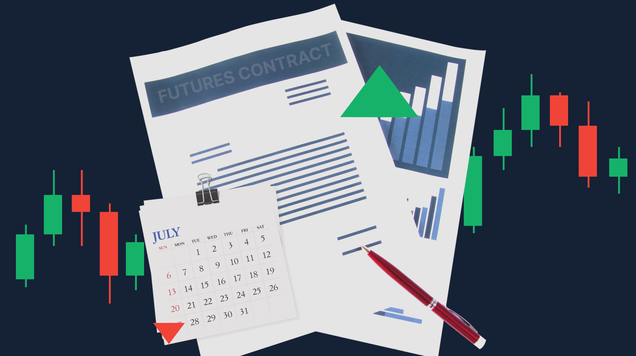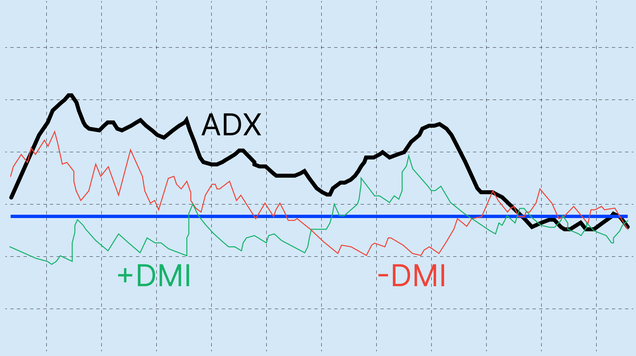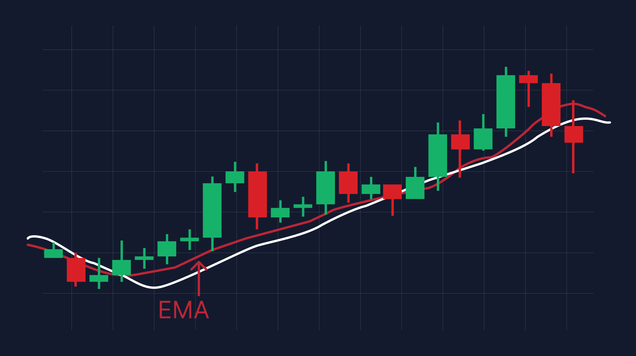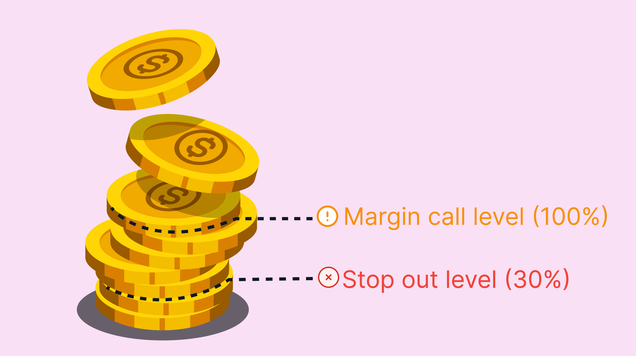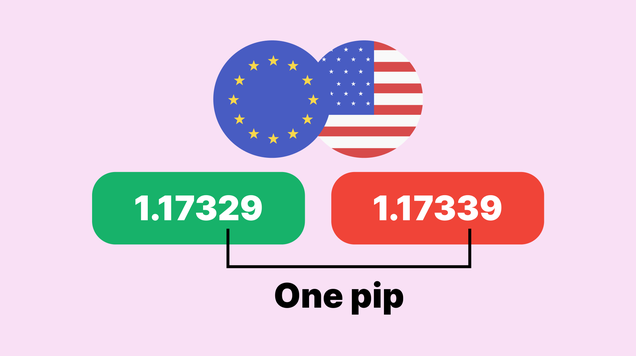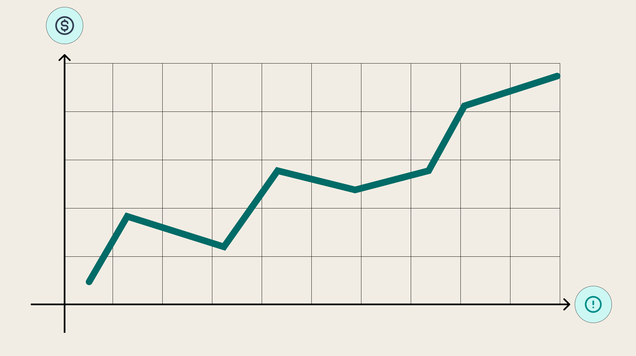How to automate a trading strategy; general overview
This article presents a general overview of the process of automating a trading strategy. The foundation of this process lies in manual trading, through which the strategy’s core parameters, acceptable risk levels, and capital management rules are initially defined. Automation then proceeds through a structured sequence that includes backtesting, paper trading, live implementation, performance evaluation, and continuous refinement.
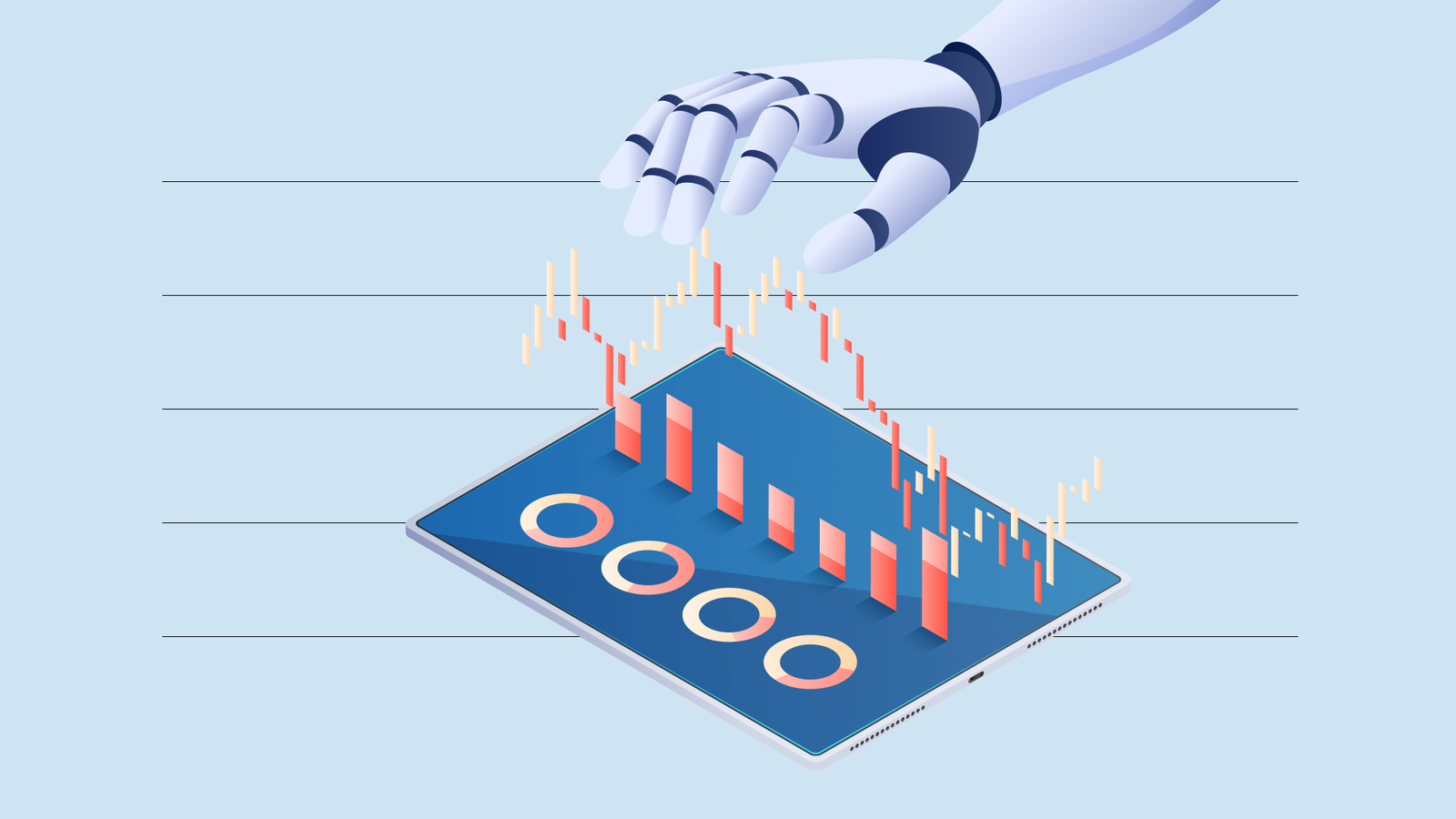
Phases to automate a strategy: strategy definition, backtesting, demo-account trading, live-account trading, evaluation, and continuous improvement.
Relevant points to consider in backtesting: execution costs, slippage, overfitting, iteration, and continuous improvement.
Technology tools: MetaTrader tools, analysis and execution architecture, execution APIs, etc.
Overview of automating a strategy
Automating a trading strategy requires the clear identification and consistent application of predefined rules. These include specifying entry and exit conditions, defining risk and capital management parameters, and establishing a systematic operational framework. Such a framework can originate from manual trading, where robust signals are identified through technical and/or fundamental analysis, supported by clear entry criteria, well-defined exit rules, and bounded management parameters. Collectively, these components aim to optimise the quantitative performance of the strategy.
Once the parameters for analysis, execution, and management are clearly established, the automation process can begin. This typically requires appropriate technological infrastructure and sufficient technical expertise. The development process involves acquiring reliable data for objective analysis, coding the strategy—incorporating both the decision-making logic and risk management rules—conducting backtests using historical data, testing the strategy in real-time through paper trading, and ultimately deploying it on a live account. Throughout this process, a continuous cycle of evaluation and refinement is essential to ensure robustness and adaptability.
For backtesting to produce meaningful insights, it must simulate real-world execution as accurately as possible. This includes accounting for transaction costs, such as commissions and spreads, modelling slippage as a random variable, and taking measures to avoid overfitting during the optimisation and validation phases. Failure to incorporate these elements can lead to misleading results and poor live performance.
Further considerations are essential for effective automation. These include clearly defining the asset universe to be traded, determining the appropriate trading frequency—whether scalping, intraday, swing, or position trading—and specifying the rules that trigger trade execution, such as technical indicators, oscillators, or news-based signals. Position management rules, including sizing methods and leverage constraints, must also be defined, along with risk parameters such as target risk–reward ratios, stop-loss conditions, and maximum drawdown thresholds. A thoroughly defined strategy minimises ambiguity, ensures reproducibility, and facilitates accurate translation into code for systematic testing and implementation.
Data collection
High-quality data is essential. If the data collected are biased or inconsistent with the traded instrument, live results may deviate significantly from expectations. A common approach is to obtain data directly from the broker, as such series reflect the tradable history of the target instrument. For example, in MetaTrader 5, historical data for any broker-listed asset can be downloaded directly or accessed via integration between MQL5 (MetaQuotes Language) and Python.
Typically, data acquisition involves open and close prices, period highs and lows, bid and ask quotes, and reported trading volume. Depending on the trader’s objectives, broader datasets may also be incorporated.
Fundamental tools of the technical ecosystem
Programming languages (MQL5, Python, etc.):
MetaTrader supports automated data requests, order execution, and account monitoring using MQL5, with extended capabilities available through Python integration.
Trading platforms:
MetaTrader 5 provides extensive trading functionality through its Expert Advisors (EAs) and includes a built-in Strategy Tester for backtesting.
Backtesting engines:
MetaTrader 5’s Strategy Tester is a versatile tool for analysing, testing, and optimising EA performance using historical data. It enables the inclusion of commissions, slippage, and other execution parameters for more realistic simulations.
Trading APIs:
Application Programming Interfaces (APIs) allow users to interact programmatically with a broker or trading platform, facilitating automated trading workflows.
Backtesting: points to consider
A meaningful backtest aims to emulate real-world execution conditions. It should include commissions, slippage, and realistic execution rules. This approach increases the likelihood that historical results reflect an achievable performance in live markets.
Avoiding overfitting
When using statistical or probabilistic models, avoiding overfitting is critical. Overfitted models often produce impressive in-sample performance that fails during live deployment, as they may have captured noise rather than meaningful patterns.
Paper trading: testing without financial risk
After a strategy has passed initial backtesting and refinement, the next step is paper trading—executing trades on a demo account using real-time data, but without financial exposure. This phase helps identify discrepancies between backtested and live results.
Implementation: live trading
Broker connection and order execution:
In MetaTrader, live execution is handled through MetaEditor using MQL5, often in conjunction with Python for extended control and data handling.
Order types and trade conditions:
Execution logic can be fully automated, with trades placed only when all predefined conditions are satisfied, as specified in the trading algorithm.
Risk and capital management:
Risk controls can be embedded within the bot, such as maximum drawdowns, time-based exits, and position-sizing limits.
Reduction of cognitive biases:
Automation reduces the impact of human emotions and cognitive biases, which often impair discretionary decision-making.
Monitoring, logging, and ongoing operations
Post-implementation, continuous monitoring ensures correct operation and execution. Regular evaluation should compare live performance with backtest results to assess consistency. Additionally, comparing automated performance with manual trading outcomes may offer insights for future improvements.
Basic architecture of an automated strategy
- Data collection (historical and real-time)
- Signal generation (rule-based or model-based logic)
- Backtesting (simulating orders and outcomes)
- Paper trading (demo account execution)
- Live implementation (real-money execution)
- Risk and capital management (sizing, stops, thresholds)
- Performance analysis (profitability, risk, comparisons)
- Bug fixing and continuous improvement
Common mistakes
- Using “clean” data without verifying its accuracy
- Backtesting without accounting for costs or slippage
- Ignoring overfitting when designing models
- Skipping paper trading and encountering issues only in live environments
- Failing to monitor results and missing opportunities for improvement
Conclusion
Automating a trading strategy requires more than simply coding and deployment. It involves a structured process of data analysis, testing, adjustment, implementation, monitoring, and refinement. Success demands not only trading knowledge, but also competence in statistics, programming, and technological infrastructure. A disciplined, methodical approach enhances both the performance and reliability of algorithmic strategies, while complementing the trader’s skill set.
